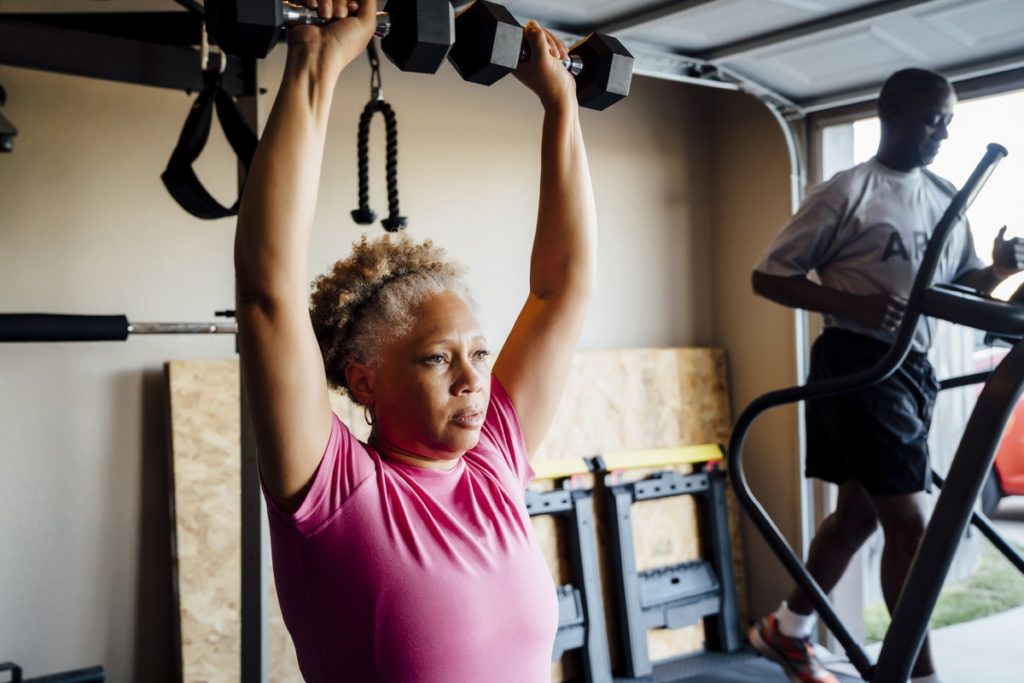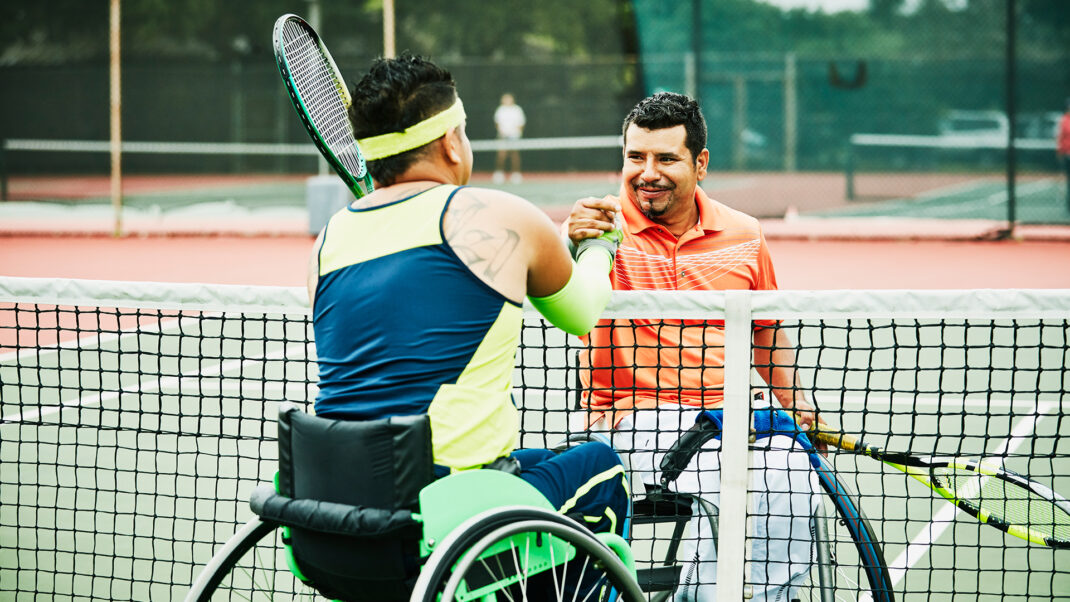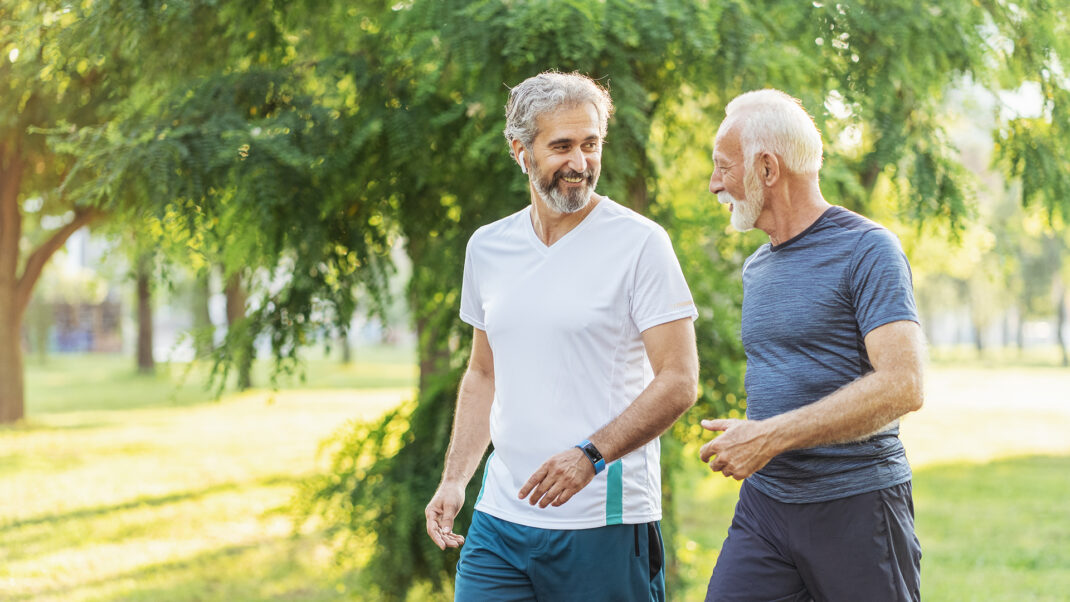Biohacking: The Buzzword Behind Health Habits You Already Know

What’s All the Buzz About?
If you’ve spent any time online recently, chances are you’ve come across the term “biohacking.” Maybe you heard it on a podcast, saw it in a health blog, or read about it in a tech article. The word has become a kind of catch-all for people who want to take control of their health, sharpen their performance, and live longer, better lives. It sounds cutting-edge and maybe even a little futuristic—but here’s the real secret: most of what biohacking promotes are habits we’ve known are healthy for decades.
Tracking your steps, lifting weights, getting quality sleep, eating well, managing stress—these are all forms of biohacking. What’s changed is the way we talk about them and the tools we now have to monitor our progress. In this article, we’ll break down what biohacking really means, why it’s so popular, and how everyday people—not just tech-savvy elite athletes—can use it to live healthier lives.
So, What Is Biohacking—Really?
At its core, biohacking is about making intentional choices to improve your body and mind. That could mean making better food choices, trying a new workout routine, getting serious about sleep, or using a smartwatch to track how your body responds to exercise.
There are a few main “types” of biohacking:
- Lifestyle biohacking is all about everyday habits—like exercising regularly, eating whole foods, sleeping well, and managing stress.
- Tech-based biohacking uses devices like fitness trackers and apps to monitor things like heart rate, sleep quality, or steps taken, giving you insights into your body’s patterns.
- Experimental biohacking is the fringe end of the spectrum and can involve things like nootropics (supplements for brain function), genetic tests, or even implants. Most people—and most fitness pros—don’t go there.
So, if you eat well, stay active, track your workouts, and try to get eight hours of sleep, congratulations: you’re already a biohacker.
Why Is Everyone Talking About It Now?
A few key things have pushed biohacking into the spotlight. First, technology has made health data easier than ever to access. With smartwatches, sleep trackers, and health apps, you can learn a lot about your body right from your wrist. People love seeing numbers and trends—it makes health feel more personal and more within reach.
There’s also been a cultural shift. We’re moving away from one-size-fits-all health advice and toward customized wellness. People want routines that match their own bodies, not someone else’s. Biohacking fits perfectly into that mindset, promising a more tailored path to feeling and performing your best.
And let’s be honest: the word “biohacking” sounds cool. It makes drinking a smoothie and going to bed on time feel like part of a futuristic life upgrade. But here’s the kicker—these are strategies that health experts have recommended for decades.

Biohacking Isn’t New—It’s Just Rebranded
Fitness and wellness professionals have been “biohacking” long before it had a name. Lifting weights to build strength, doing cardio to keep your heart healthy, eating well to fuel your body, sleeping to recover—these have always been the foundation of good health.
What’s new is the packaging. Now, we can pair these time-tested strategies with modern tools—like apps that help track meals or wearables that tell us when we need more rest. These tools can be helpful and motivating, but they’re just enhancements—not replacements—for the basics.
The key message? You don’t need expensive gadgets or extreme routines to start biohacking. You just need to take care of your body in smart, sustainable ways.
How You Can Use Biohacking in Everyday Life
So how can you actually apply biohacking without going overboard? Here are some simple, science-backed ways:
Use Tech to Support Your Goals
Fitness trackers, heart rate monitors, and habit apps can give you feedback that helps you make better decisions. They might show that you sleep better after skipping late-night screen time, or that your heart rate recovers faster on days you walk more.
Just remember: these tools are helpful, not all-knowing. Don’t let the numbers stress you out—use them to learn, not obsess.
Focus on Sleep, Recovery, and Stress
Biohacking culture has brought well-deserved attention to rest and recovery. Getting enough quality sleep is one of the best things you can do for your health. So is taking care of your mental well-being.
Try things like:
- Setting a regular bedtime
- Turning off screens before bed
- Practicing breathwork or meditation
- Taking rest days after tough workouts
Rest isn’t lazy—it’s where growth happens.
Keep Nutrition Simple and Smart
Some biohacking influencers push extreme diets or exotic supplements. But for most people, the basics still work best:
- Eat whole, unprocessed foods.
- Get plenty of protein, fruits, and veggies.
- Stay hydrated.
- Consider simple supplements (like vitamin D or protein) only if needed.
If you’re unsure, check with a registered dietitian or doctor.
Personalize Your Routine
The heart of biohacking is personalization. Pay attention to what works for your body. You might discover that you feel better working out in the morning, or that eating a certain way gives you more energy. Keep track of how you feel, and don’t be afraid to adjust.
Trying new things safely and tracking how your body responds is a great way to fine-tune your habits. Think of yourself as your own science experiment—but be kind and realistic.

Staying Smart With the Biohacking Trend
It’s easy to get caught up in flashy products or wild claims. But here’s how to stay grounded:
- Stick with science-backed strategies. Don’t fall for fads that promise unrealistic results.
- Learn how to use your data. Trackers can be powerful if you know how to read them and apply what they show.
- Don’t overdo it. The best biohacks are the ones you can stick with long term.
- Ask for help. Coaches, trainers, and health professionals can help you figure out what’s safe and effective.
Final Thoughts
Biohacking might sound futuristic, but at its heart, it’s about making smart choices to take better care of yourself. The truth is, you don’t need to hack your body—you need to support it. Move your body, eat nourishing foods, rest well, and stay curious about how to improve. That’s the real path to better health.
And whether you call it biohacking or just good living, you’re doing something important: investing in a stronger, healthier, more resilient you.





